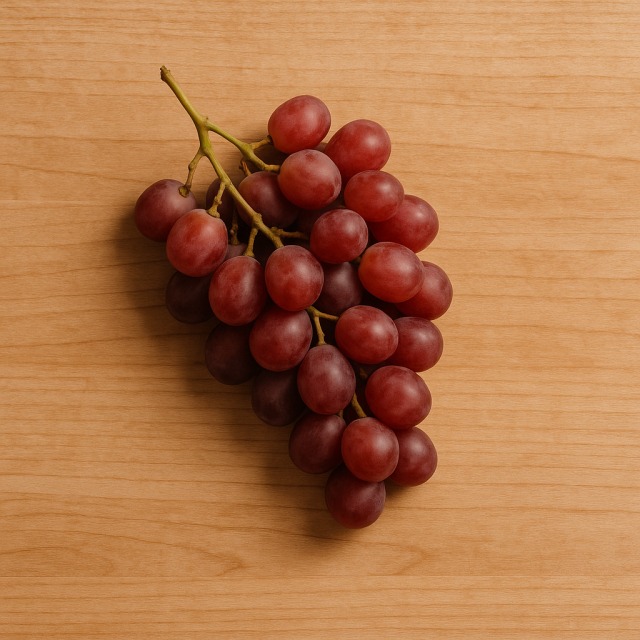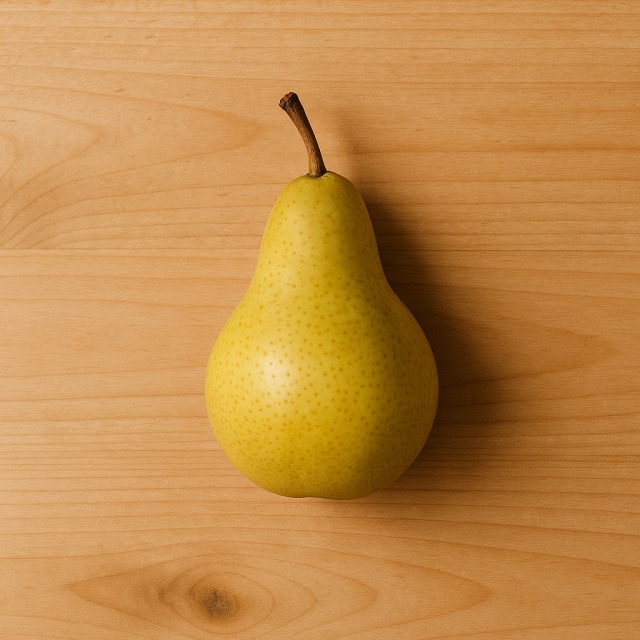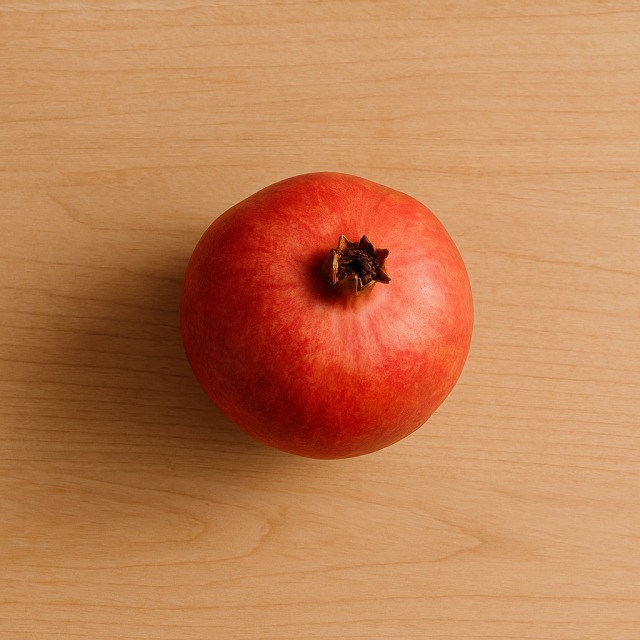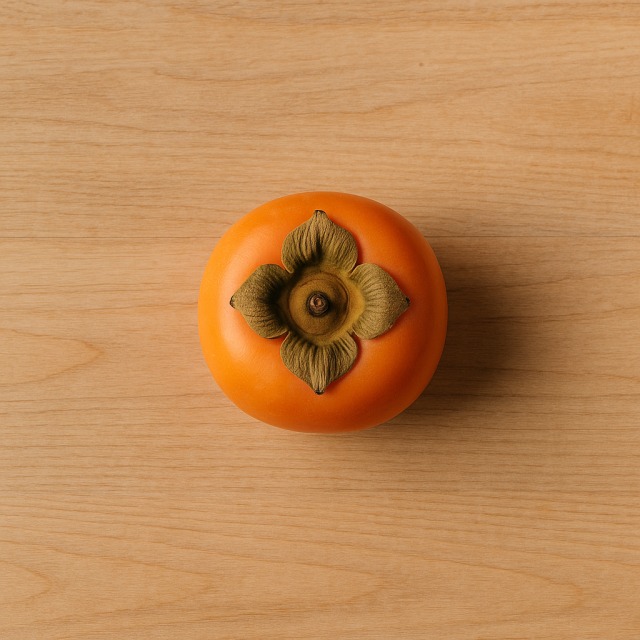Calorie Chart / Fruits / Grape
How Many Calories Are in Grape?
Calculation of the nutritional value & Recommended Dietary Intake of grape
For g and a calorie requirement of kcal
| Calories 84 kcal | Proteins 0.6 g | Lipids 0.8 g | Carbohydrates 19 g |
| 4% | 1% | 1% | 7% |
Health benefits of grape

Grape - 100g
Calories 70 kcal
Proteins 0.5 g
Lipids 0.7 g
Carbohydrates 15.5 g
Grapes are considered a moderate-calorie fruit: their natural sweetness provides energy without the calorie density of pastries or fried snacks. These calories are mostly fructose and glucose, making grapes a quick source of fuel for muscles and the brain.
Beyond calories, grapes supply vitamin C for immune support, vitamin K for blood clotting, and small amounts of vitamin B6 and copper. They are also appreciated for potassium, which contributes to normal blood pressure. The skin is rich in polyphenols, such as resveratrol; this compound is studied for its supposed cardioprotective effect, although the benefit remains "supposed" rather than definitively proven.
Archaeological finds show that grape cultivation dates back over 6,000 years in the Middle East. The Romans spread vineyards across Europe, and the fruit has remained a symbol of celebration ever since. Remember that calories in fresh grapes are lower than in dried versions like raisins; processing concentrates sugars and therefore calories.
Because their calories are moderate and come with water, fibre, and antioxidants, grapes can fit into both weight-loss and sports nutrition plans when portions are managed.
Tips for incorporating grape into a balanced diet
For a balanced breakfast, toss a handful of halved grapes over a bowl of oat flakes and low-fat yogurt. The mix delivers slow carbs, fast carbs, and proteins while keeping calories under control.
To create a light yet satisfying lunch salad, combine grapes with leafy greens, grilled chicken breast, and a few crushed walnuts. The sweet–savory contrast lets you reduce dressing, saving calories without sacrificing flavor.
If you crave a refined dinner, prepare a sauce by simmering seedless grapes with shallots and a dash of balsamic vinegar, then spoon it over roasted duck breast. Compared with cream-based sauces, this option cuts calories and adds antioxidants.
Finally, for a low-calorie dessert swap, chill grapes in the freezer; their sorbet-like texture replaces high-calorie ice cream. Each of these ideas shows how to enjoy the fruit's taste while staying aware of calories and balancing proteins, good fats, and fibre.
Frequently Asked Questions
- How many calories are in grapes?
- 70 kcal per 100 g.
- Are grapes fattening if eaten at night?
- No single food causes weight gain on its own; maintaining your daily calorie budget matters more. A late-night portion of grapes adds only modest calories compared with cookies or chips.
- Do grapes contain a lot of sugar?
- They are naturally sweet, and most of their calories come from fructose and glucose. Portion control (about one cup) keeps total calories reasonable.
- Which has more calories, grape juice or whole grapes?
- Grape juice usually packs more calories per serving because the fibre and water that add volume in whole grapes are removed, concentrating the sugars.
- Can athletes use grapes for quick energy?
- Yes. The easily digestible carbs give rapid calories before or during endurance exercise, and the potassium helps replace electrolytes lost in sweat.
- Do red and green grapes have the same calories?
- The calorie difference is minimal; variety choice should focus on taste and antioxidant content rather than calories.
Similar foods
Information provided by Calorie Menu may contain inaccuracies or errors. It cannot, under any circumstances, substitute medical advice or medication.










